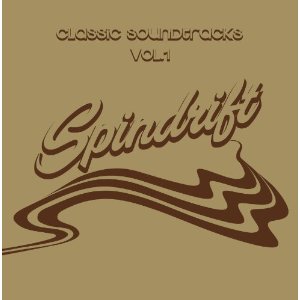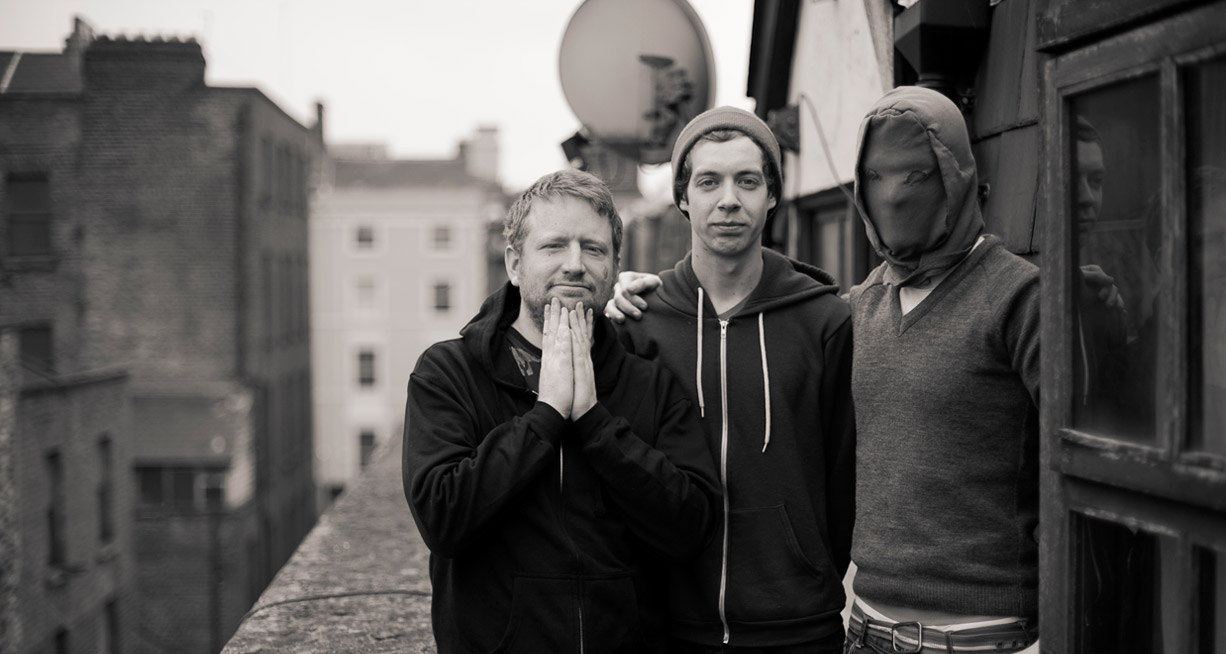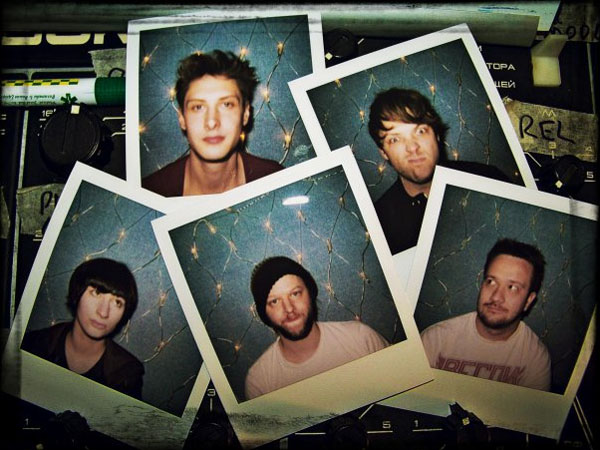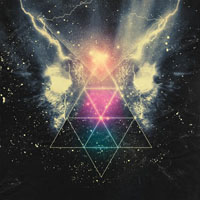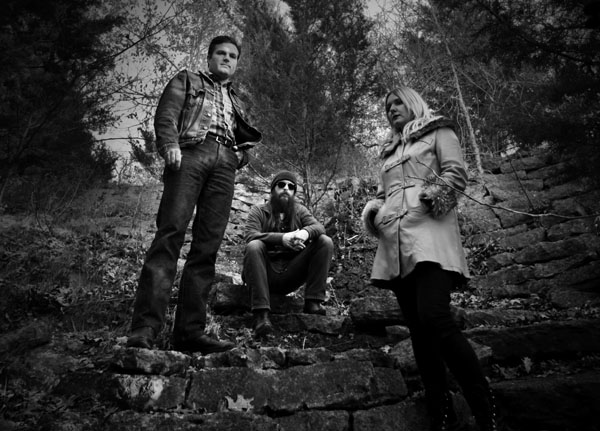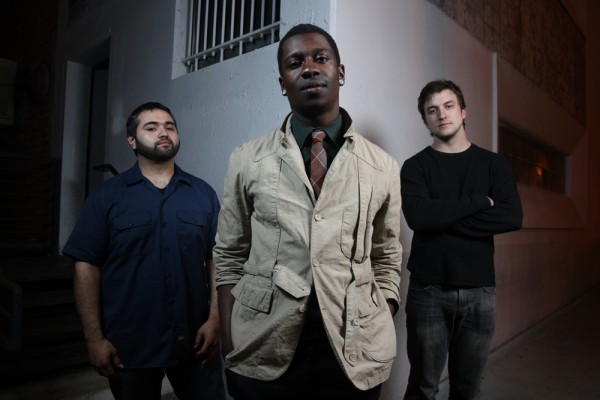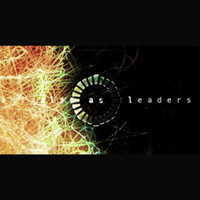 Lanu: Her 12 Faces (Tru Thoughts, 4/19/11)
Lanu: Her 12 Faces (Tru Thoughts, 4/19/11)
Lanu: “Beautiful Trash”
In order to fulfill his eclectic musical interests, producer/multi-instrumentalist Lance Ferguson created a separate solo image known as Lanu. Vastly divergent from his work with Australian funk/soul band The Bamboos, Lanu’s material combines dreamy pop melodies with hip-hop beats and electronic atmospheres to create a tasteful, lounge-worthy sound.
Lanu’s recently released second album, Her 12 Faces, displays a realized emphasis on songwriting and -crafting. But the 12-track collection also handsomely balances instrumental tunes with lush vocals by Australian pop star Megan Washington and others. Here, Lanu discusses his progression as a solo artist, working with the French language, and collaborating with Washington his newest record.
What couldn’t you achieve with The Bamboos that you’ve done with Lanu?
I try to push [The Bamboos] as far as I can, but at the end of the day, it’s still basically a soul/funk band. I’ve tried to sort of push the boundaries within those genres, but there are things I simply couldn’t do in The Bamboos — I couldn’t really do a folk song or I couldn’t do stuff that’s too electronic. I guess for a while I was trying to use The Bamboos as a vehicle for all the music I liked, but I realized that there was this stuff that would never really fit. So I went back to my solo project and thought, “This is the best place to do this kind of stuff” — more electronic-based things and pop influences as well.


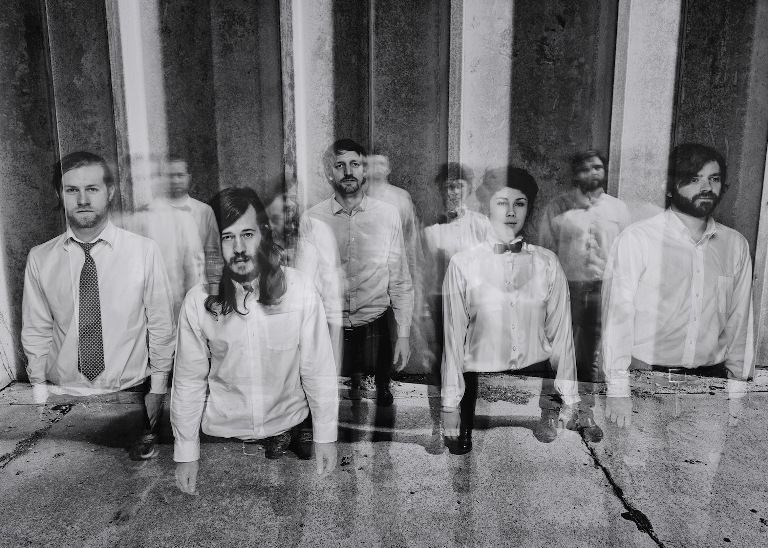
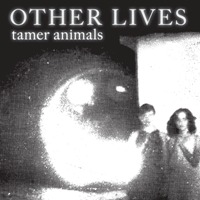 Other Lives
Other Lives


